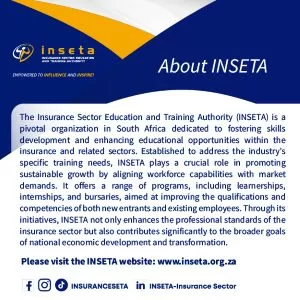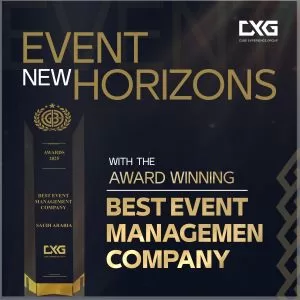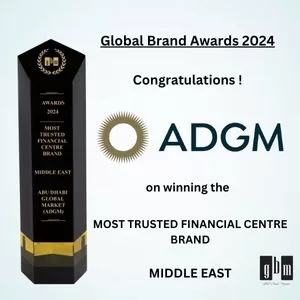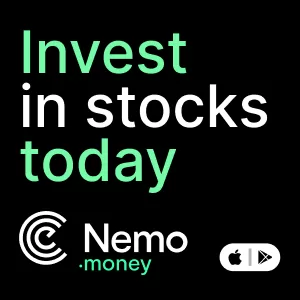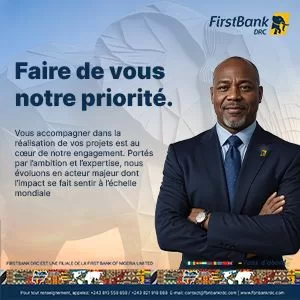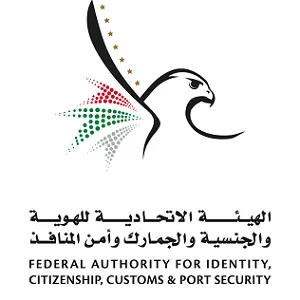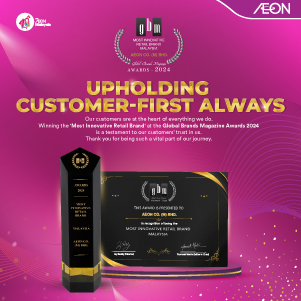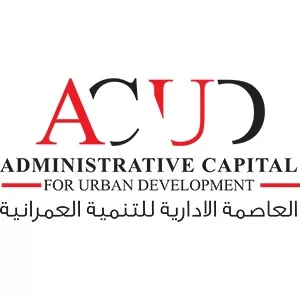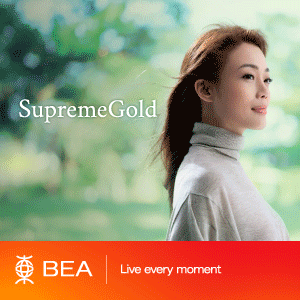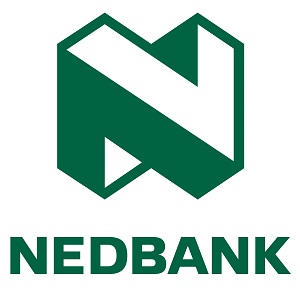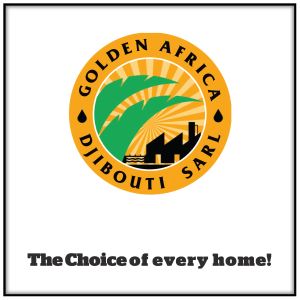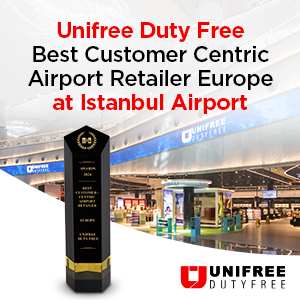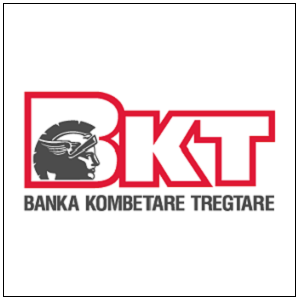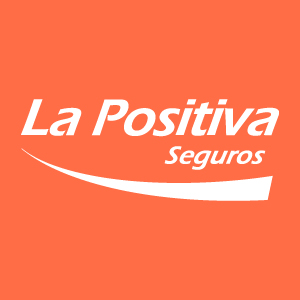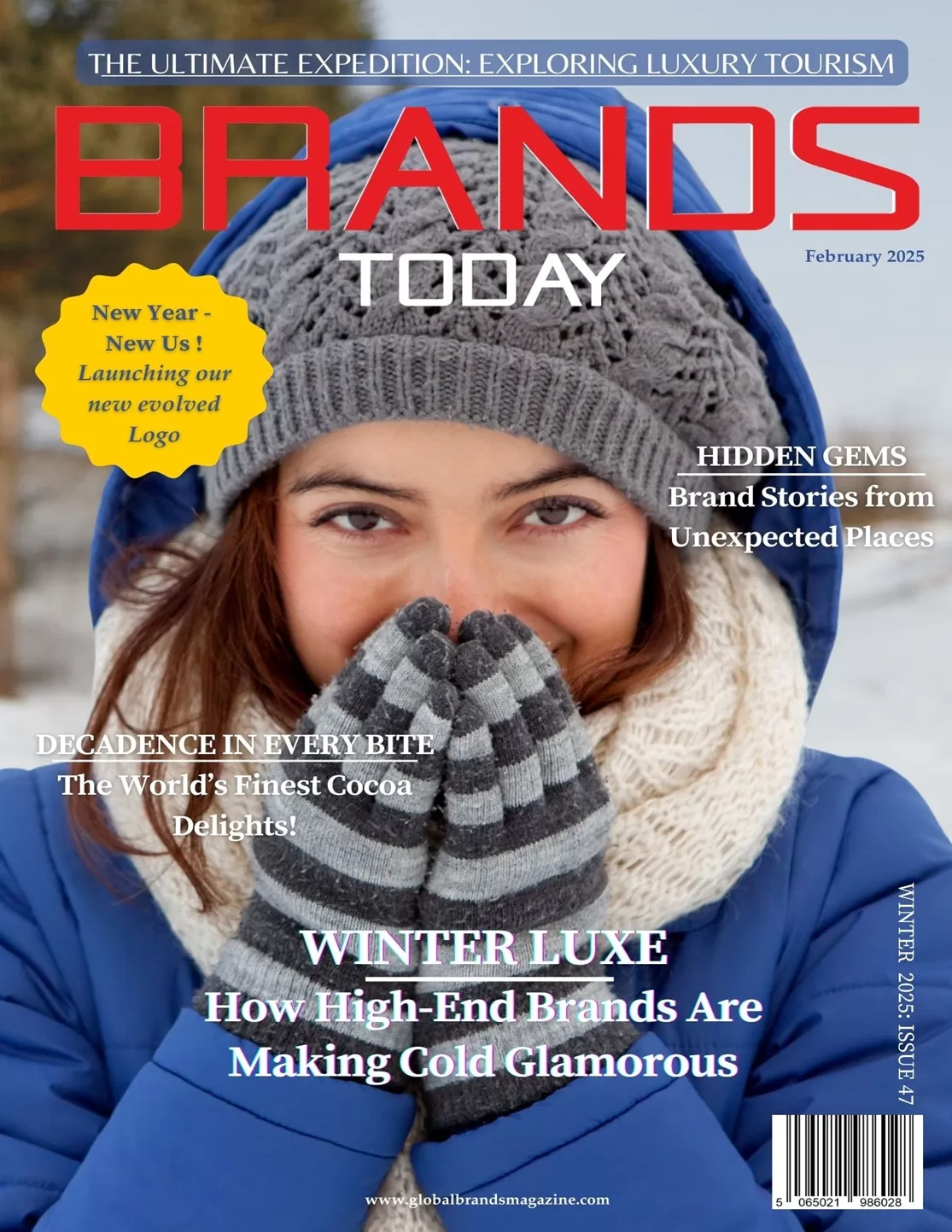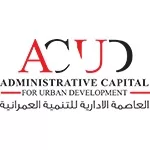Lifestyle
What US Tariffs Mean for Your Favourite Luxury Brands
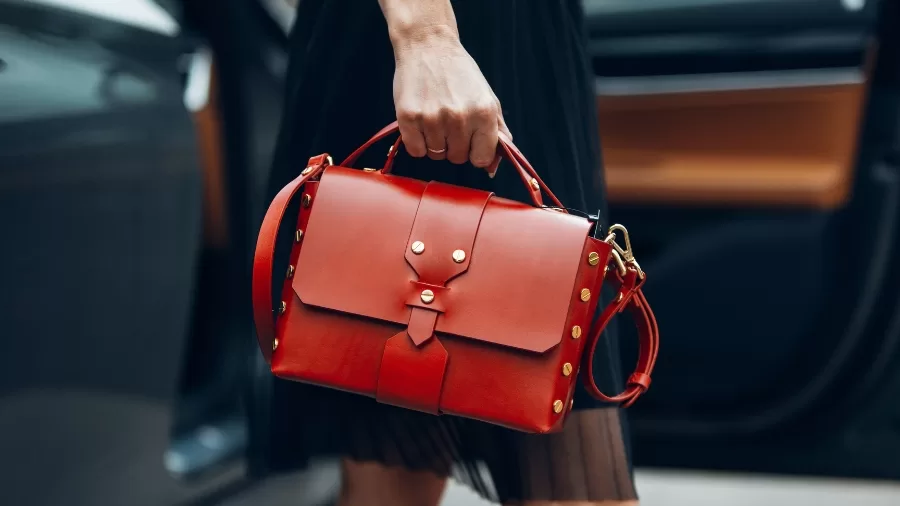
- Rising costs and strategic constraints have become the foremost confrontations faced by European luxury brands, thanks to the new U.S.-imposed import tax on goods.
- As prospective price increases loom, threatening demand, brands are reconsidering pricing, manufacturing, and market positioning to adjust.
As new U.S. tariffs threaten to throw off their pricing strategies and pull the rug from under consumers worldwide, Europe’s luxury fashion houses are feeling the heat. International trade tensions now pit iconic brands such as Louis Vuitton, Chanel, and Hermès at the crossroads of a major crisis while the industry is forced to grapple with some tough decisions.
Tariffs Causing Barrage
The recent actions under the United States’ former president, Donald Trump, have widened the chasm on tariffs with Europe, Japan, Vietnam, and Cambodia. As high as 50%, the tariffs were meant to hike prices and shove the production back into U.S. territory.
This has presented a blow to the whole luxury fashion industry worldwide, where a large part of the production is handcrafted in Europe and distributed in nations all over the world. With the added element of confusion introduced by the revocation of the de minimis rule, whereby goods costing less than about £640 are liable to taxes, the scenario is further complicated. This could benefit luxury brands very much, as the low-cost items coming through e-tailers like Shein and Temu would become expensive. So retrospectively, this would favour luxury retailers buying high-end goods abroad.
Impact On European Luxury Brands
Following the news of tariffs, many luxury conglomerates, including LVMH, Kering, and Hermès, witnessed severe stock depreciation. They consider a diminishing margin and ensuing consumer resistance—a normal and subsequent corollary from this—a worrisome new development should prices keep going up. The move by Kering CEO Françoise-Henri Pinault, recognising, “If there would be something on pricing based on increased tariffs, we might have to view our pricing strategy, making sure that we’re not the only party to share with customers all the burden of those new tariffs,” is proper and fair. Luxury customers, however, have their limits: the Chanel classic quilted flap bag, at around £2,400 in 2010, has lately fetched well over £7,000. Testing customers’ patience, similar jumps and surges in the likes of Dior and Louis Vuitton have been attributed to a loss of purchase interest.
The option of fully passing additional costs directly to the consumers becomes, under the new tariff regime, less straightforward.
Why It Matters to Shoppers
Luxury consumers, especially in the U.S., have already started showing signs of concern and are reducing designer item purchases on credit, which suggests a more cautious approach in light of rising prices and economic uncertainty. Industry analysts expect luxury sales to slump by as much as 2% in 2025, a big shift for the market that has been earmarked for growth.
In a rapidly cooling market accompanied by global economic uncertainty and sometimes accompanying fears of an impending recession, even the well-to-do hold back when considering excessive spending.
A Change in Approach
It’s also upping the game for some fashion houses which are considering shifting parts of their production into the U.S. in the hope that they would avoid paying the tariffs. However, despite any kind of financial relief, the idea could further water down European craftsmanship, which is almost synonymous with most luxury brands.
However, would that put luxury brands in a better position by adopting an approach more associated with brand storytelling, offering exclusivity and limited editions through products in an attempt to hold consumer interest without merely bumping prices up? The engagement involved in customer experience and deep emotional engagement is a sure bet in nurturing loyalty to the brand.
Who Stands to Weather It Out?
With the imposition of tariffs, not all labels are in the red. Analysts favour Hermès and Richemont for their pricing power and resilience, despite U.S. revenue reliance, positioning them to ride the tide. Furthermore, they hint that U.S.-owned brands such as Tapestry (the parent of Coach and Kate Spade) could gain a market share of U.S. buyers seeking premium quality offered at relatively lower prices.
The luxury industry as a whole, however, seems to be on insecure ground.
What’s Next for Luxe Fashion?
The alternative? Extended tariffs? Change in government and corruption in Republican and Democratic mindsets? Luxury fashion must remain ready for more disruption. The golden era of year-on-year price hikes and demand one-upmanship may already be over; information-rich consumers and a curtailed world economy are holding luxury fashion under stringent political consideration.
The new challenge for luxury fashion lies in the juxtaposition of heritage and respect for economy and contemporary relevance. The ultimate victors will be those who can innovate and yet remain themselves, adding value without relinquishing the magic of luxury that makes it luxurious.


